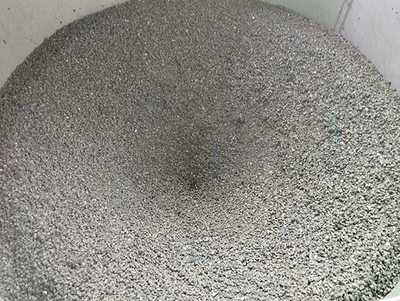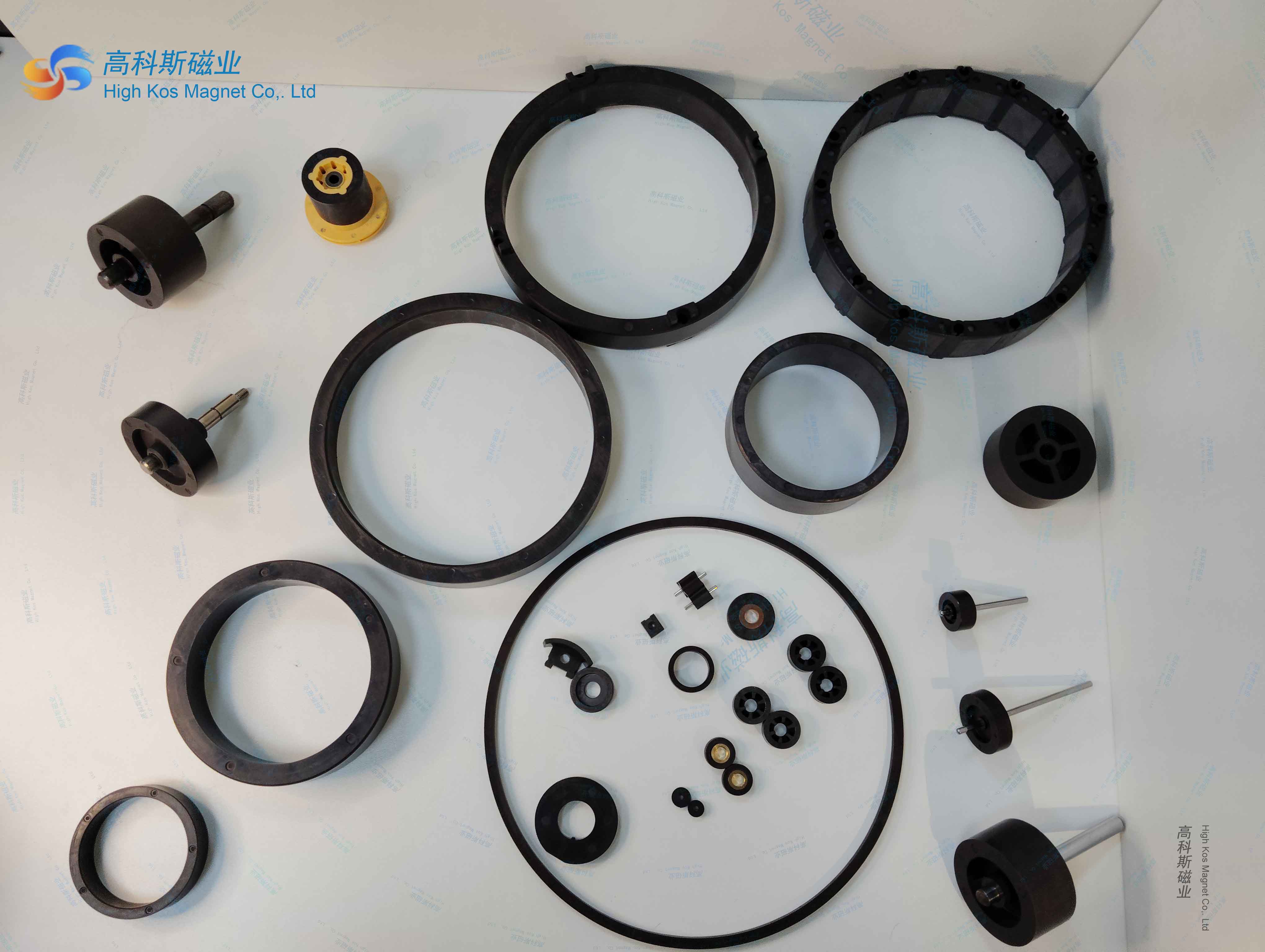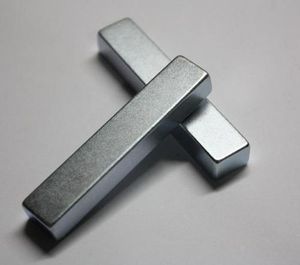The difference between rare earth magnetic tiles and ferrite magnetic tiles
Rare earth magnetic tiles and ferrite magnetic tiles are two different types of permanent magnet materials, which have significant differences in multiple aspects. Here is a detailed analysis of these differences:
Main raw materials
Rare earth magnetic tile: mainly composed of rare earth elements (such as neodymium, praseodymium, etc.) and transition metals (such as iron, boron, etc.). For example, neodymium iron boron magnetic tile is a common rare earth magnetic tile with the chemical formula Nd2Fe14B.
Ferrite magnetic tile: mainly composed of iron oxides (such as Fe2O3) and other metal oxides (such as BaO, SrO, etc.). For example, the chemical formula of barium ferrite magnetic tile is BaFe12O19.
Preparation process
Rare earth magnetic tile: It is usually prepared by powder metallurgy and needs to be produced under anaerobic and anhydrous conditions. It is prone to oxidation and requires anti-corrosion treatment on the surface (such as coating).
Ferrite magnetic tile: produced under aerobic conditions, corrosion-resistant, and does not require surface treatment.
Magnetic properties
Rare earth magnetic tile: It has high magnetic properties and is the most powerful among all permanent magnets. For example, the maximum magnetic energy product (BHmax) of neodymium iron boron magnetic tiles can reach 40 MGOe, much higher than that of ferrite magnetic tiles.
Ferrite magnetic tile: has relatively low magnetic properties, with a BHmax of 3.5 MGOe.
thermal stability
Rare earth magnetic tiles: They are prone to demagnetization at high temperatures and require high working environment temperatures. For example, the maximum operating temperature (Tmax) of neodymium iron boron magnetic tiles is 150 degrees Celsius, beyond which they gradually lose their magnetism.
Ferrite magnetic tile: It has good temperature resistance and stable magnetism, and can maintain good magnetic properties under complex climatic conditions such as high cold or high heat. Its Tmax is 300 degrees Celsius.
Durability
Rare earth magnetic tiles: fragile, difficult to process, and prone to corrosion, requiring additional measures to protect them from corrosion.
Ferrite magnetic tile: lower cost than rare earth magnetic tile, with good demagnetization resistance and corrosion resistance.
Price
Rare earth magnetic tiles: Due to their raw material prices being much higher than ferrite, especially because their raw materials are rare earth metal minerals, their prices are relatively high.
Ferrite magnetic tile: With abundant raw material sources, the price is relatively cheap.
application area
Rare earth magnetic tiles: widely used in fields such as wind power generation, energy-saving elevators, drive motors and micro motors for new energy vehicles, which require magnets with high magnetic energy product and high coercivity.
Ferrite magnetic tile: suitable for DC motors such as automobiles, variable frequency appliances, and power tools, which have relatively low requirements for magnets but are sensitive to cost.
In summary, there are significant differences between rare earth magnetic tiles and ferrite magnetic tiles in terms of raw materials, preparation processes, magnetic properties, thermal stability, durability, price, and application fields. The choice of which type of magnetic tile to use depends on specific application requirements and cost considerations.




